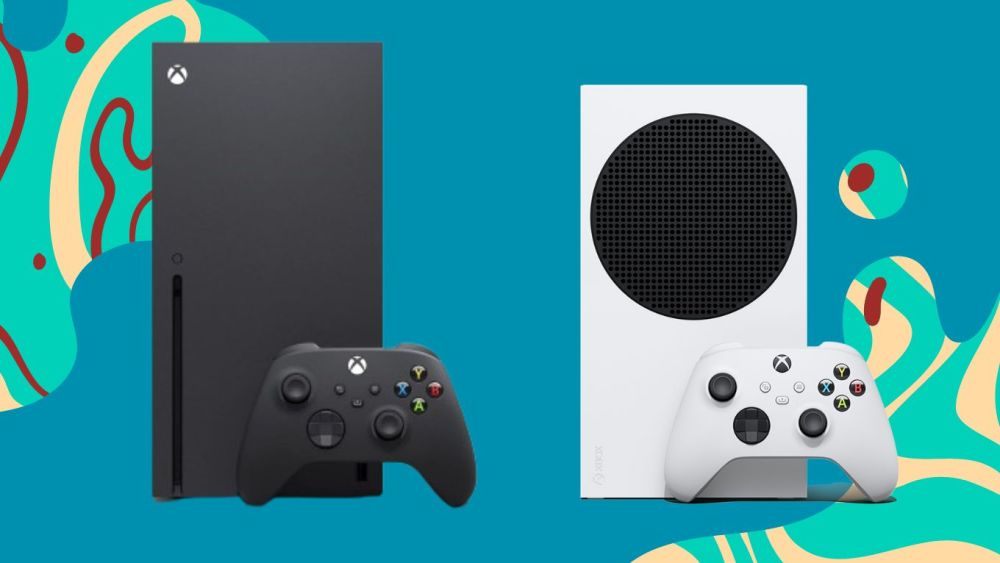Gaming Market Shakeup: Xbox Raises Console Prices Amid Trade Tensions

In a strategic response to trade tensions, Xbox has implemented price adjustments across its gaming hardware lineup. The price increases for consoles and controllers come directly in the wake of tariffs imposed during the Trump administration, reflecting the broader economic impact of international trade policies on consumer electronics.
Gaming enthusiasts and Xbox fans may notice a slight uptick in pricing for their favorite Microsoft gaming equipment. These changes underscore the complex relationship between trade regulations and the consumer technology market, with manufacturers often absorbing or passing on additional costs resulting from international trade disputes.
Microsoft's Xbox division has carefully balanced the need to maintain competitive pricing while addressing the financial pressures created by the tariff landscape. The price adjustments represent a measured approach to managing increased production and import costs, ultimately ensuring continued availability of their popular gaming systems and accessories.
Consumers can expect these price modifications to be reflected across various Xbox product lines, including both console hardware and peripheral accessories. While the increases may be modest, they signal the tangible economic consequences of international trade policies on the gaming industry.
